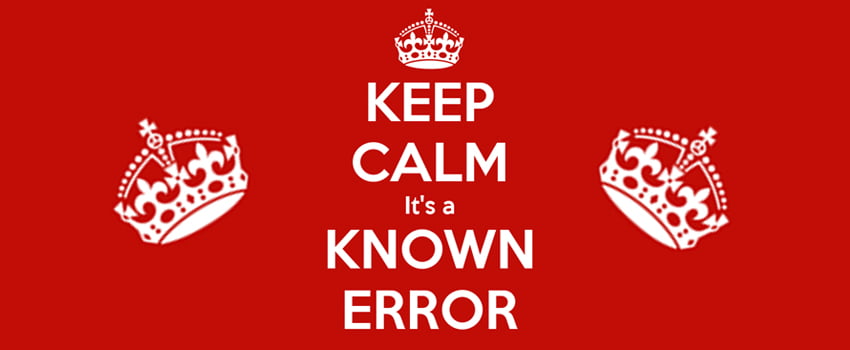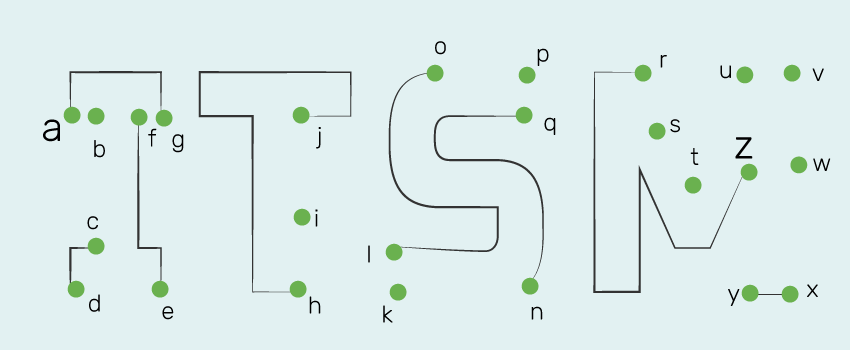
Understanding ITOM as the Gateway to AIOps and DEX
More and more IT organizations are recognizing the opportunity of AIOps and Digital Employee Experience (DEX) Management. It’s great that organizations are adopting these technology-enabled IT management capabilities, often to supplement existing IT service management (ITSM) practices. However, they need to appreciate that these disciplines (or capabilities) are built on the concept of what the IT industry has long called IT Operations Management (ITOM).
While it’s not exactly the same, failing to do this can be thought of as similar to adopting incident management practices while not appreciating ITSM. The new capabilities will work, but there’s the danger that organizations will miss the “bigger picture.”
To help, this blog explains what IT operations management is and how ITOM and ITSM fit together to facilitate the current or future adoption of AIOps and DEX.
This blog by @Joe_the_IT_Guy explains what ITOM is & how ITOM & ITSM fit together to facilitate the current or future adoption of AIOps & DEX. #ITOM #ITAM #AIOps #DEX Share on XLet’s start with what ITOM is.
ITOM defined
Unlike ITSM, where the ITIL definition is often used, many ITOM definitions are available, especially from the providers of IT operations management software solutions. The online Gartner Glossary offers an independent view of what ITOM is.
Gartner defines IT operations as:
“The people and management processes associated with IT service management to deliver the right set of services at the right quality and at competitive costs for customers.”
However, the Gartner Glossary has no ITOM definition. Instead, offering a description for IT operations management (ITOM) software:
“IT operations management software is intended to represent all the tools needed to manage the provisioning, capacity, performance and availability of computing, networking and application resources — as well as the overall quality, efficiency and experience of their delivery.”
How ITOM relates to ITSM
The first Gartner definition makes one think that ITOM is a subset of ITSM, with this view reinforced by the broader coverage of ITIL 4. However, the tool vendor views of IT operations management and IT service management often go against this perspective. For example, some ITOM tool vendors provide basic ITSM capabilities such as IT help desk functions – making ITSM a subset of ITOM, i.e. the reverse of the above. Or IT service management tool vendors might offer IT operations management capabilities, with this either considered part of the ITSM suite or a separate ITOM module or application.
So we have three distinct views on how IT operations management relates to IT service management:
- ITOM is a subset of ITSM
- ITSM is a subset of ITOM
- ITOM and ITSM are separate IT management disciplines that overlap
Which relationship is right for your organization is ultimately up to you and how you employ the common IT operations management capabilities to improve IT service delivery and support, business operations, and outcomes.
There are 3 distinct views on how ITOM relates to ITSM, says Joe_the_IT_Guy. 1 - ITOM is a subset of ITSM. 2 - ITSM is a subset of ITOM. 3 - ITOM &ITSM are separate IT mgmt disciplines that overlap. Which do you agree with? #ITOM #ITSM Share on XThe common ITOM capabilities
Given that there’s not an industry-agreed ITOM definition, it’s unsurprising that there’s not an agreed list of what an ITOM tool should include. There are, however, some common capabilities across ITOM tools. These capabilities include:
- Alert and event management
- The ability to view and understand aggregated alerts from multiple monitoring tools
- Issue resolution automation and orchestration
- Infrastructure discovery
- Application and service mapping
- Configuration management databases (CMDBs)
- Performance management
An IT operations management tool might also provide device management capabilities, such as patch management or mobile device management, and infrastructure management capabilities, such as cloud management.
In recent years, these ITOM capabilities have been enhanced with artificial intelligence (AI), allowing for predictive and automated support of ITSM capabilities such as change, availability, capacity, problem, release, and deployment management. This addition of AI to IT operations management solutions has spawned the AIOps technology category, with this described next.
Given that there’s not an industry-agreed #ITOM definition, it’s unsurprising that there’s not an agreed list of what an ITOM tool should include, but here @Joe_the_IT_Guy looks at some common capabilities. #ITOM #ITSM Share on XHowever, this isn’t the only extension of IT operations management capabilities, with DEX solutions fulfilling a similar but different IT and business use case. These are covered after AIOps.
AIOps defined
As with ITOM, a variety of Artificial Intelligence for IT Operations (AIOps) definitions are available. Again, the Gartner Glossary provides an independent view, that:
“AIOps combines big data and machine learning to automate IT operations processes, including event correlation, anomaly detection and causality determination.”
Gartner is also credited with creating the AIOps term and the associated technology category.
As to what AIOps solutions involve, most of the IT operations management capabilities listed above can be enhanced through AI (and machine learning in particular) to provide better insights and automated capabilities that ultimately result in better ITSM and business operations and outcomes.
DEX defined
While AIOps can be considered an enhancement of ITOM driven by the available technologies, DEX is caused by a use case (and it can also employ AIOps too). This is because IT organizations need employee experience management capabilities to:
- Identify and reduce the gap between end-user and IT service provider perceptions of IT performance
- Focus IT improvements and investments on the right things, i.e. “what matters most.”
Yet again, there are multiple definitions of employee experience management (and consequently DEX). Gartner defines employee experience as:
“The way in which employees internalize and interpret the interactions they have with their organization, as well as the context that underlies those interactions.”
And Forrester Research has stated:
While #AIOps can be considered an enhancement of #ITOM driven by the available technologies, #DEX is caused by a use case. Here @Joe_the_IT_Guy explains. Share on X“Psychological research shows that the most important factor for employee experience is being able to make progress every day toward the work that they believe is most important.”
Technology helps with employee experience management, but there are three distinct approaches and solution types that involve:
- Focusing on human feedback (or sentiment) capture
- Employing technology to assess performance from an employee experience perspective
- Doing both sentiment capture and technology-based performance assessment
Solution types 2. and 3. are commonly called DEX solutions, with the technology leveraging the traditional IT operations management capabilities and likely AI to understand the employee perspective of IT performance, issues, and improvement opportunities.
Technology helps with employee experience management, but there are three distinct approaches and solution types. Learn more in this @Joe_the_IT_Guy blog. #AIOps #DEX #EX #ITOM #ITSM Share on XUltimately, AIOps and DEX build on ITOM to improve IT service delivery
Hopefully, the above explanations show how AIOps and DEX solutions build on traditional ITOM capabilities to deliver better experiences, business operations, and outcomes. In the same way that the traditional IT operations management capabilities have helped ITSM practitioners to provide higher-quality IT services (especially in availability terms), these two new IT management capabilities (and solution types) offer further insight into IT performance, experiences, and improvement opportunities.
In this blog, @Joe_the_IT_Guy shows how #AIOps and #DEX solutions build on traditional #ITOM capabilities to deliver better experiences, business operations, and outcomes. #ITSM Share on XITOM, AIOps, and DEX can all be considered the evolution of data-driven IT (service) management and the capabilities IT organizations need to deliver against business needs consistently.






